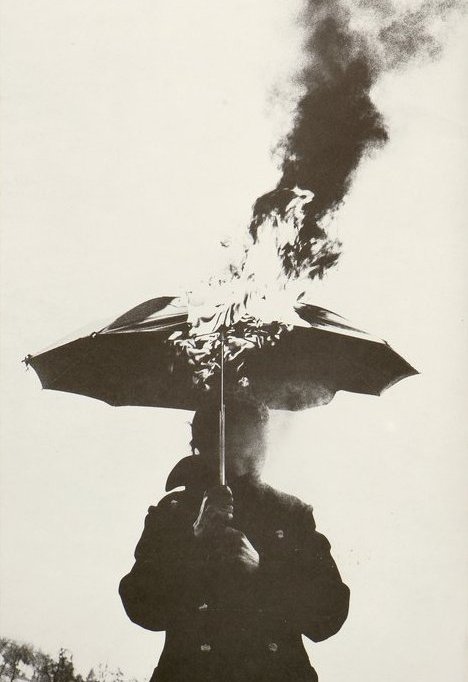Let us consider a counterfactual history in which Szilard invents nuclear fission and realizes that a nuclear bomb could be made with a piece of glass, a metal object, and a battery arranged in a particular configuration. What happens next? Szilard becomes gravely concerned. He sees that his discovery must be kept secret at all costs. But how? His insight is bound to occur to others. He could talk to a few of his physicist friends, the ones most likely to stumble upon the idea, and try to persuade them not to publish anything on nuclear chain reactions or on any of the reasoning steps leading up to the dangerous discovery. (That is what Szilard did in actual history.)
Here Szilard faces a dilemma: either he doesn’t explain the dangerous discovery, but then he will not be effective in persuading many of his colleagues to stop publishing; or he tells them the reason for his concern, but then he spreads the dangerous knowledge further. Either way he is fighting a losing battle. The general advance of scientific knowledge will eventually make the dangerous insight more accessible. Soon, figuring out how to initiate a nuclear chain reaction with pieces of metal, glass, and electricity will no longer take genius but will be within reach of any STEM student with an inventive mindset.
The situation looks hopeless, but Szilard does not give up. He decides to take a friend into his confidence, a friend who is also the world’s most famous scientist—Albert Einstein. He successfully persuades Einstein of the danger (again following actual history). Now Szilard has the support of a man who can get him a hearing with any government. The two write a letter to President Franklin D. Roosevelt. After some committee wranglings and report-writing, the top levels of the U.S. government are eventually sufficiently convinced to be ready to take serious action.
What the U.S. government did, after having digested the information provided by Einstein and Szilard, […] was to launch the Manhattan Project in order to weaponize nuclear fission as quickly as possible. […]
But how would things have played out if there had been an easy way to make nukes? Maybe Szilard and Einstein could persuade the U.S. government to ban all research in nuclear physics (outside high-security government facilities)? […] Let us suppose that President Roosevelt could somehow mobilize enough political support to drive through a ban, and that the U.S. Supreme Court could somehow find a way of regarding it as constitutionally valid. We then confront an array of formidable practical difficulties. All university physics departments would have to be closed, and security checks initiated. A large number of faculty and students would be forced out. Intense speculations would swirl concerning the reason for all these heavy-handed measures. Groups of physics PhD students and faculty banned from their research field would sit around and speculate about what the secret danger might be. Some of them would figure it out. And among those who figured it out, some would feel compelled to use the knowledge to impress their colleagues; and those colleagues would want to tell yet others, to show they were in the know. Alternatively, somebody who opposed the ban would unilaterally decide to publish the secret, maybe in order to support their view that the ban is ineffective or that the benefits of publication outweigh the risks. […] Even if, by some miracle, the secret never leaked in the United States, scientists in other countries would independently discover it, thereby multiplying the sources from which it could spread. […]
An alternative approach would be to eliminate all glass, metal, or sources of electrical current. Given the ubiquity of these materials, such an undertaking would be extremely daunting. […] Metal use is almost synonymous with civilization, and would not be a realistic target for elimination. Glass production could be banned, and existing glass panes confiscated; but pieces of glass would remain scattered across the landscape for a long time. Batteries and magnets could be seized, though some people would have stashed away these materials before they could be collected by the authorities. […]
We now know that one cannot trigger a nuclear explosion with just a sheet of glass, some metal, and a battery. Making an atomic bomb requires several kilograms of fissile material, which is difficult to produce. We pulled out a grey ball that time. Yet with each act of invention, we reach into the urn anew.
Let us introduce the hypothesis that the urn of creativity contains at least one black ball. We can refer to this as the vulnerable world hypothesis . Intuitively, the hypothesis is that there is some level of technology at which civilization almost certainly gets destroyed unless quite extraordinary and historically unprecedented degrees of preventive policing and/or global governance are implemented.
{ Nick Bostrom | PDF }














